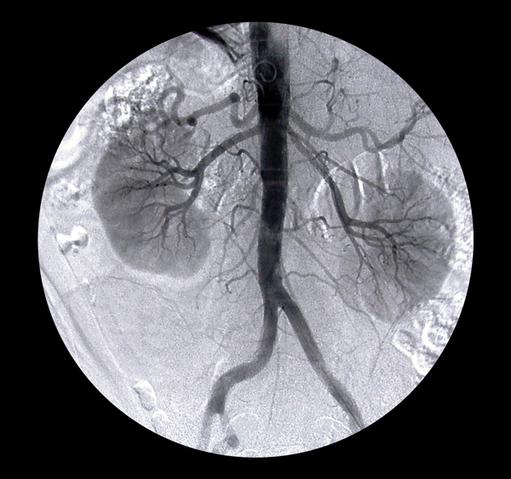- It is one of the most serious global health challenges of the 21st century
- It causes high incidence of morbidity, disability and premature mortality
- It affects 30% of children and 62% of adults in the UK
- It costs the UK £47bn a year
- For 40 years official statistics have under-reported its main cause
- Doctors have neither been able to reduce nor prevent it
- Behavioural scientists are well positioned to reduce it
A major 21st century health challenge is under-reported for 40 years
A 2016 study by the UK’s Behavioural Insight Team (BIT) found that, for the past 40 years, official UK statistics have under-reported the main cause of it. The Office for National Statistics failed to pick up the fact that people consistently under-report the principal cause of it. “Such a large underestimate has misinformed policy debates, and led to less effective strategies to combat it,” says Michael Hallsworth, co-author of the study. Jamie Jenkins, head of health analysis at the Office for National Statistics, replied, “We are actively investigating a range of alternative data sources to improve our understanding of the causes of obesity”.
Obesity should be treated like terrorism
Although we know how to prevent obesity, it devastates the lives of millions and costs billions. In the UK obesity affects 33% of primary school children, and 62% of adults. Its prevalence among adults rose from 15% to 26% between 1993 and 2014. In 20 years, obese adults are expected to increase to 73%.
The UK spends £640m on programs to prevent obesity. Each year, the NHS spends £8bn treating it, and obesity has the second-largest overall economic impact on the UK; generating an annual loss equivalent to 3% of GDP.
The World Health Organization warns that obesity is, “one of the most serious global public health challenges of the 21st century”. The UK’s Health Secretary says obesity is a “national emergency”, and the UK’s Chief Medical Officer argues that obesity should be treated similarly to “terrorism”.
Here we suggest how behavioural science rather than doctors can help to reduce and prevent obesity.
Vast, persistent and growing
Although we know how to address obesity, there are few effective interventions in place to reduce it. According to a 2014 McKinsey Global Institute study, the UK Government’s efforts to tackle obesity are, ''too fragmented to be effective'', while investment in its prevention is, ''low given the scale of obesity''. Being obese in childhood has both short and long-term consequences. Once established, obesity is notoriously difficult to treat. This raises the importance of prevention. Obese children are more likely to become obese adults, and thereby have a significantly higher risk of morbidity, disability and premature mortality. The global rise in obesity has led to an urgent call for action, but still its prevalence, which is significant, is rapidly increasing.
The incidence of certain cancers is significantly higher in obese people, and is expected to increase 45% in the next two decades. Professor Karol Sikora, a leading cancer expert, describes the association, but says we do not know the reasons why, and Dr Seth Rankin, Founder and CEO of the London Doctors Clinicsuggests that virtually every health problem known to mankind is made worse by obesity:
 Prof. Karol Sikora - Cancer linked to obesity Prof. Karol Sikora - Cancer linked to obesity  Dr Seth Rankin - Can being overweight lead to health problems? Dr Seth Rankin - Can being overweight lead to health problems?
The success and growth of Nudge Units
A previous Commentary drew attention to the fact that obesity is connected with a relationship between the gut and brain. Gut microbiota are important in the development of the brain, and research suggests that an increasing number of different gut microbial species regulate brain functions to cause obesity. Notwithstanding, the UK’s Behavioural Insight Team (BIT), which started life in 2010 as a government policy group known as the "Nudge Unit", revolutionized the way we get people to change their entrenched behaviours, and this has important implications for public policy strategies to reduce and prevent obesity.
Under the leadership of David Halpern, the BIT has been very successful and has quadrupled in size since it was spun out of government in 2014. Now a private company with some 60 people, the Nudge Unit permeates almost every area of government policy, and also is working with Bloomberg Philanthropies on a US$42m project to help solve some of the biggest problems facing US cities. The UK’s Revenue and Customs (HMRC) has set up its own nudge unit, and nudge teams are being established throughout the world.
The genesis of Nudge Units
It all started in 2008 with the ground-breaking publication on behavioral economics, Nudge: Improving Decisions About Health, Wealth and Happiness, written by US academics Cass Sunstein and Richard Thaler. Their thesis suggests that simply making small changes to the way options are framed and presented to people “nudges” them to change their lifestyles without actually restricting their personal freedoms. Politicians loved the thesis, not least because it was cheap and easy to implement, and ‘Nudge’ became compulsory reading among politicians and civil servants. “Nudge Units” were set up in the White House and in 10 Downing Street to improve public services and save money by tackling previously intractable policy issues.
Nudging people to change
The UK’s Nudge Unit has, among other things, signed up an extra 100,000 organ donors a year, persuaded 20% more people to consider switching energy provider, and doubled the number of army applicants. Now it is turning its attention to health and healthcare, and already has implemented behavior change strategies that motivate individuals to initiate and maintain healthier lifestyles. The Unit’s strategies that have demonstrated self-efficacy and self management are examples that can be further incorporated into lifestyle change programs, which help people maintain healthy habits even after a program ends and thereby be a significant factor in reducing and preventing obesity.
Takeaway
Doctors understand the physiology of obesity, but they do not understand the psychology of people living with it. Doctors are equipped to treat the morbidities and disabilities associated with obesity, but ill-equipped to reduce and prevent it. The sooner the Nudge Unit is tasked with reducing and preventing obesity the better.
|















